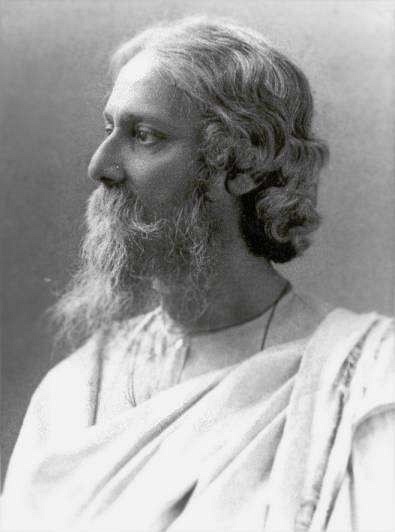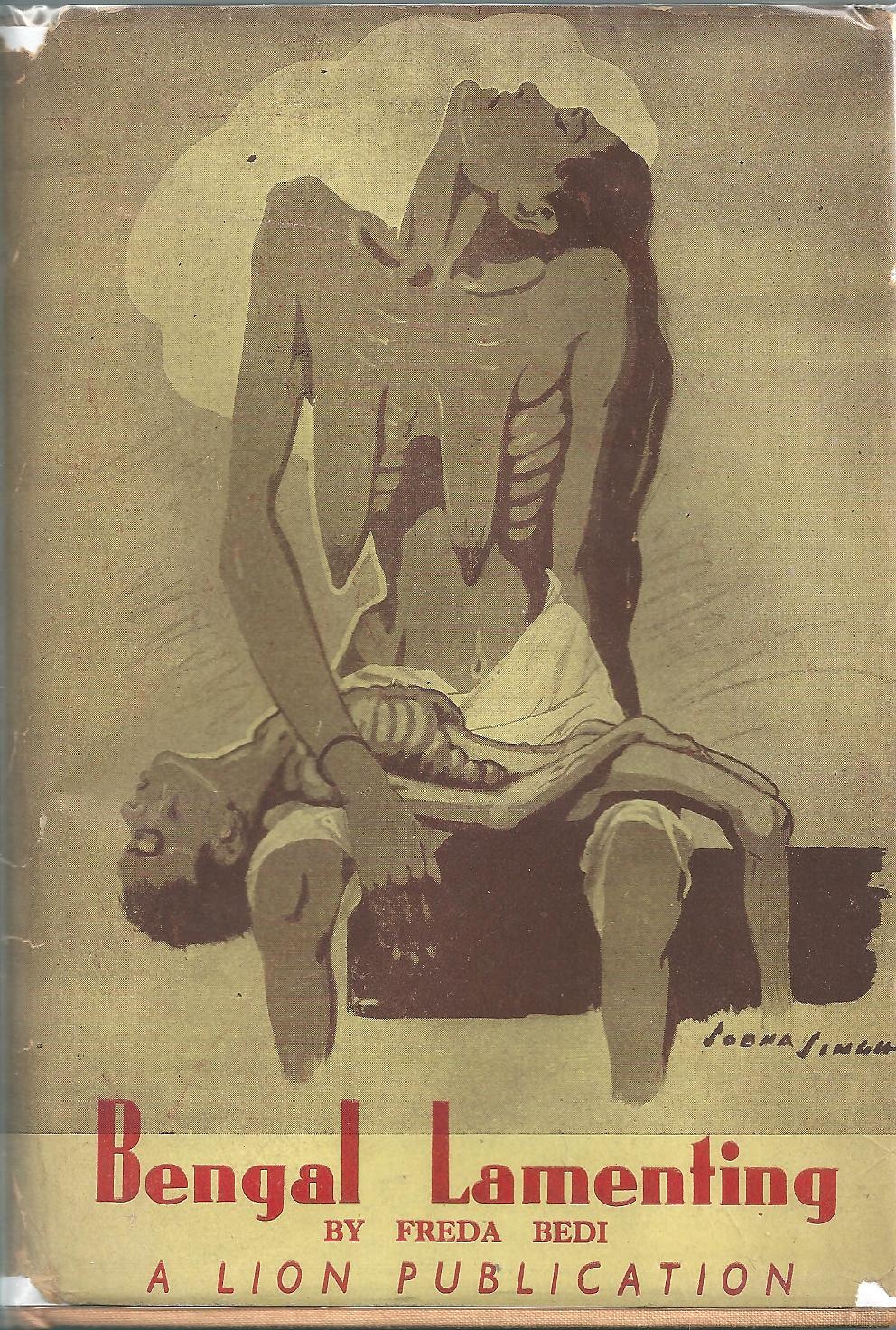Recently, I attended a talk by a young Indian curator at a contemporary art museum in Switzerland. In her lecture, the curator laid out a broad history of contemporary art in India since 1991. In the Q&A afterward, a man raised his hand. “I hear you speaking mainly about Delhi and Bombay, and sometimes you mention Bangalore, but you make no mention of Calcutta. Isn’t that city the cultural capital of India?” The curator (young, remember) stood there slightly bemused, no trace of an answer in her expression. It was as if someone had asked her the weight of the moon. I nearly burst out laughing.
The reason why Calcutta didn’t impinge on the curator’s radar is that the city has contributed precious little to the contemporary Indian art scene in the last twenty odd years. The ‘crown’, so to speak, has already passed on, first to Bombay and then to Delhi, but the reason why the man asked the question is that the old cliché about Calcutta being the ‘cultural capital of India’ was still making the rounds, having long outlived the city’s actual primacy.
In any case, it has always fascinated me how cities gain or lose cultural supremacy. Maybe that’s because I grew up in the husk of a city that was culturally the most vibrant metropolis of India (if not of all Asia) across most of the nineteenth century and the first half of the twentieth.
In what does the cultural power of a city lie? Here are a few suspects. Like a body of water that’s constantly being replenished, the city has to keep producing fresh generations of cultural producers, new people who enter debate with what has gone before, different generations overlapping, engaged in a give and take of ideas, the younger generations overturning some of what has come before while also maintaining a continuity of practice. The city has to attract a mix of visitors, people who come to see and learn, but also people who come carrying strange intellectual spices, exiles who are happy to recreate segments of what they call home and add these to their new habitat, itinerant visitors who will leave carrying the infections, the viruses of ideas picked up in the particular city. Whether through high achievement or low rents, the city has to pull people and work in, but it’s also required to radiate, to disseminate, to transmit ideas, ways of being, ways of thinking, to influence at least other cities that are geographically and culturally close to it if not the wider world.
In India and Asia, Calcutta had a long period of ‘rule’ for very obvious reasons. The city was the capital of Britain’s vast Indian Empire; it had a lot of the money required for patronage, it had an educational reach that went from the elites right down to parts of the impecunious but intellectually solvent lower middle classes. Its great figure was, of course, Rabindranath Tagore, a powerhouse of creativity, a poet, writer, composer, and, towards the end of his life, a serious painter. Around Tagore were his two nephews, Gaganendranath and Abanindranath, who were among the first modern Indian painters, trying to marry indigenous traditions with contemporary European ideas. By the early twentieth century Calcutta also developed a sophisticated theatre milieu, which in turn fed into film with the arrival of cinema.
When Tagore died in 1941, at the age of eighty, no one could have predicted that the end of Calcutta’s great run was nigh. This slide began during the Second World War itself, when a huge devastating famine hit both the provinces, West Bengal and East Bengal (now Bangladesh), killing nearly three million people. The partition of India at independence, the one that formed Pakistan, came next, sending to Calcutta nearly seven hundred thousand people, refugees uprooted from East Bengal that had become East Pakistan. Until 1942, Calcutta was quite a neat and tidy city, with a vibrant culture that wasn’t limited to the elite. The succeeding waves of refugees, from Burma, from the famine, and from East Pakistan turned the older city into something ringed and riven by a dispossessed, despairing, angry, and destitute population.
It’s not that the arts did not flower in this situation. Through the 1950s and 1960s there was enough momentum, enough artistic young Turks to keep Calcutta at the centre of all things seriously cultural. In both the arts and sciences, we still had the largest number of Indian graduates from foreign universities. We still had the largest number of writers and poets. The theatre was still the best in the country, with brilliant directors such as Shambhu Mitra and Badal Sircar in their prime. Indian alternative (or art) cinema was started in Calcutta by Satyajit Ray and Ritwik Ghatak. But by the mid-1960s the decline was undeniable. Calcutta still had some of the best minds, the most adventurous intellectuals, but the huge gap with other Indian cities was closing. The last of the big money was moving from Calcutta’s ‘sunset’ industries to western India, especially Bombay. New colleges and institutions were beginning to produce their first batches of students, notably four of them: the film school in Poona, the art school in Baroda, the school of architecture, and the institute of design, both in Ahmedabad. All of these schools were in smaller western Indian towns that, again, formed a loose ring around the central mega-magnet of Bombay.
The visual arts were the first area where Calcutta lost its primacy. By the late 1960s the action had moved to Bombay, which had all of the brash self-confidence of a throbbing economy and none of the stale arrogance that weighed around the neck of the eastern city. The painters Souza, Husain, Kumar, Padamsee, and Mehta had formed the Progressive Artists group in the early 1950s in Bombay. In the 1960s these modernists were at their peak, most of them breaking out of their early Picassoesque shackles. By the late 1960s younger painters such as Bhupen Khakar, Vivan Sunderam, and Ghulam Mohammad Sheikh were already making a mark in the Bombay galleries. While Calcutta artists were still trussed up in the old Cubist ropes of Picasso, Surrealism, and the modernist Indian vernacular formed by Tagore’s university in Santiniketan, the younger artists in Bombay were eagerly sucking in news and descriptions of world events from the growing number of foreign visitors and young Indians returning from the West. Whether they were the évènements in Paris or happenings in New York, the Bombay ‘scene’ eagerly and far more open-mindedly connected to new ideas. Poets wrote automatic poetry and brought out beautiful modern books based as much on graphics as on words, painters connected to American Pop Art and other movements and formed a new, stark, humorous, unsentimental imagery. By the 1970s, serious art cinema was elbowing its way around the huge commercial film industry of Bombay, with ‘avant-gardists’ like Mani Kaul and Kumar Shahani as well as more straighforward storytellers such as M.S Sathyu and Shyam Benegal all making their debuts. Calcutta, in the meantime, was still in thrall to the classical colossus Ray, ignoring the city’s real inventive cinematic genius, the brilliant but rapidly disintegrating Ritwik Ghatak. Serious theatre, new literary movements, and new universities now developed around the country whilst major social unrest made a deadly mix with hollow Calcutta egotism to cramp new thought and work.
+++
By the time my generation came of age we were resigned to the hated rival Bombay being—for eternity, it seemed—the fountainhead of all that was new and interesting in the world of art. For a young Calcuttan with artistic aspirations the choice in, say, 1982, was stark: struggle on in a city that was inexorably darkening and turning itself into a backwater-swamp, a city with an exploding population of vicious, talentless, back-biting art-frogs of all ages, or defect to dreadful, money-driven Bombay where you might just find better sustenance for your hopes and desires. So, some of us, like me, commuted between Calcutta and Bombay, while others, whether through lucky instinct or some deeper intelligence, moved to the one city no one was looking at: New Delhi.
What we didn’t realize properly till about a decade later was that, even in its pomp, Bombay had already put into process its own dethronement from being the Indian capital of culture. Certainly none of us realized the power that was accumulating in the barbaric governmental wasteland of New Delhi.
In the 1960s, Bombay’s ruthless industrialists, in tandem with the ruling Congress Party, had encouraged a fascist thug called Bal Thackeray to form a political party, the Shiv Sena (SS). The Hitler-admiring Thackeray’s quite deliberately-acronymed SS was supposed to be a blunt instrument to counter the communists and destroy the city’s powerful labor unions. Instead, Thackeray, using the plank of local ethnic paranoia and ‘pride’, kept enlarging his voter base. In the 1980s the Shiv Sena joined hands with the larger, national Hindu right-wing party, the BJP, and began to take over the state of Maharashtra and its capital, Bombay. By the early 1990s, Thackeray’s thugs had defeated their old masters’ Congress and become the rulers of both city and state.
One of the Sena’s first acts was to change the name of Bombay to “Mumbai,” the name used for the city by Marathis and Gujaratis but not by the other ethnic groups who were equally citizens of India’s largest metropolis1The Name Wars. The name “Calcutta” was an anglicization of the village Kolikata, one of the three villages close to where the British were given permission to set up a trading post. The name “Kolkata” grew out of name Calcutta. Likewise, on the Malabar coast on the other side of the sub-continent, there was a local deity called Mumba Devi worshipped around the cluster of islands first colonized by the Portuguese, and this might have contributed to the Portuguese calling the place Bom Bahia [Good Bay. It was this Bom Bahia, given to the British as part of a queens’ dowry, that became Bombay. So, like Calcutta, Bombay was first named by the British, the local names “Kolkata” and “Mumbai” growing out of the colonial name rather than the other way around. It’s an uncomfortable fact over which the re-namers never want to linger.]. This shift from the cosmopolitan, international name to the parochial moniker was a portent of things to come. Over the period of their rule, the Sena tried their best to turn a multicultural melting pot of a city into an inward-looking, ersatz-Hindu-ized small town, albeit one with a hell of a lot of money. In many ways they failed, but in many important ways the Thackeray thugs forced Bombay to take a few big backward steps: suddenly people were afraid to ‘speak’ politically through their art, suddenly all sorts of things became unofficially proscribed, first the city’s Muslims were attacked and then the non-Marathi working class regardless of religion, suddenly the city’s most famous painter, the Muslim M.F Husain, was no longer welcome to live and work there.
Despite having its own robust fascistic tendencies, New Delhi sneaked up on Bombay and stole the crown that had slipped off. How exactly this happened will be the subject of the next dispatch.


